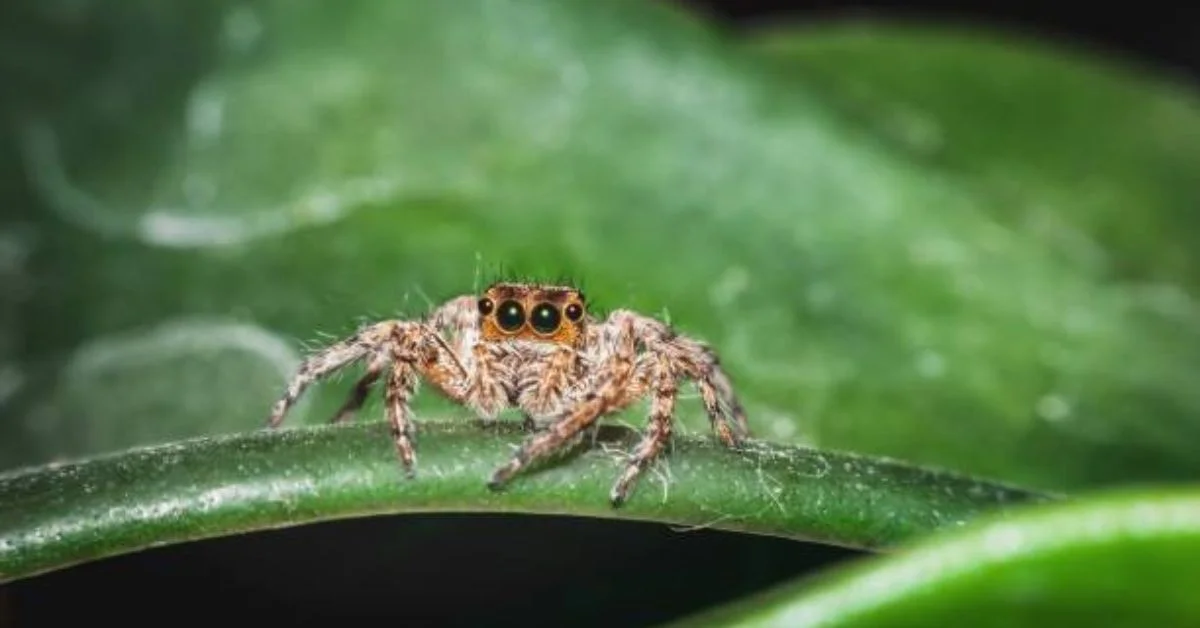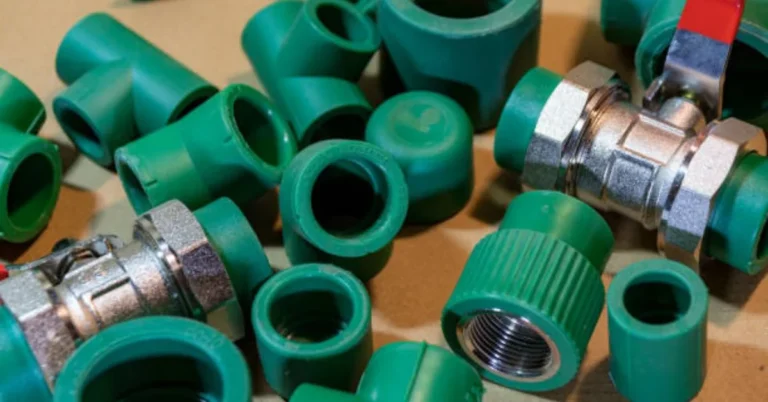
Jumping spiders, known scientifically as part of the family Salticidae, are among the most fascinating and diverse creatures in the arachnid world. These tiny, agile, and visually acute spiders are not only common across many parts of the world, but they also captivate observers with their unique hunting techniques, curious behavior, and striking physical appearance.
Unlike the stereotypical web-building spider, jumping spiders are active hunters, often appearing inquisitive, intelligent, and even charming to those who observe them closely. One of the most common questions asked by both amateur arachnid enthusiasts and those encountering these creatures in the wild is: how long do jumping spiders live? The answer is multifaceted and depends on several biological, environmental, and behavioral factors, all of which we’ll explore in this detailed article.
Understanding the lifespan of jumping spiders involves much more than just counting the months from birth to death. Their life expectancy is shaped by their species, natural predators, habitat conditions, food availability, seasonal changes, and reproductive cycles. Furthermore, as is the case with many arthropods, male and female jumping spiders do not live the same length of time. Each stage of life from egg to adult brings different vulnerabilities and advantages that ultimately determine how long an individual jumping spider survives.
Jumping Spiders at a Glance: Physical Traits and Behavior
Before diving into their lifespan, it’s essential to understand what makes jumping spiders unique. These spiders generally range in size from just a few millimeters to about 20 millimeters, depending on the species. With more than 6,000 species in the Salticidae family, jumping spiders are one of the most diverse groups of spiders on the planet. Their distinctive characteristics include large front-facing eyes that provide excellent vision, compact bodies with strong legs adapted for jumping, and a curious nature that allows them to explore their environment rather than rely on passive traps like webs.
Jumping spiders are diurnal, meaning they are active during the day, and they rely on their keen eyesight to stalk and leap upon their prey. This visual prowess and active hunting strategy are critical to their survival and also influence how they interact with their environment throughout their life cycle.
The Life Cycle of a Jumping Spider: From Egg to Adult
Understanding how long jumping spiders live requires an in-depth look at their life stages. Like all spiders, jumping spiders undergo several stages of development: egg, spiderling, juvenile (subadult), and adult. Each phase brings its own duration, risks, and changes in behavior.
1. Egg Stage
Jumping spiders begin their lives inside tiny, silk-covered egg sacs laid by the female spider. Depending on the species and environmental conditions, a single egg sac can contain anywhere from 10 to over 100 eggs. These eggs are usually deposited in safe, concealed places—such as under leaves, inside crevices, or within folded vegetation. The incubation period of the eggs typically lasts between 2 to 4 weeks, though this can vary based on temperature and humidity.
During this period, the mother often guards the egg sac to protect it from predators and environmental dangers. Not all jumping spider species exhibit maternal care, but many do, especially within temperate regions where threats to spiderlings are higher.
2. Spiderling Stage
Once the spiderlings hatch, they enter their most vulnerable stage. At this point, they are incredibly small and delicate. Their bodies are not yet fully hardened, and they are highly susceptible to dehydration, predation, and starvation. Spiderlings often stay close to their hatching site for a few days or weeks, feeding on extremely small prey and undergoing their first molts.
Spiderlings go through several molts as they grow, shedding their exoskeletons to allow for size expansion. This process is called ecdysis and is crucial for their development. In total, jumping spiders may molt 5 to 8 times before reaching maturity, depending on their species and sex. The spiderling stage can last anywhere from a few weeks to several months, heavily influenced by the availability of food and favorable weather conditions.
3. Juvenile and Subadult Stage
As the spiderlings grow and molt, they become juveniles or subadults. During this period, their behavior becomes more pronounced—they actively hunt, explore, and establish small territories. Their eyesight improves significantly, allowing for more precise jumps and successful hunting attempts. The time spent in this stage can vary, but it typically lasts between 2 to 6 months, depending on the season and species.
This is also when the difference between male and female spiders becomes more apparent. Males often mature faster than females but usually live shorter lives. At this stage, spiders are still vulnerable to predation but are much more capable of defending themselves, hiding effectively, or escaping danger with their powerful leaps.
4. Adult Stage
Once the final molt occurs, the spider reaches adulthood. At this point, reproductive behavior becomes central. Males begin seeking mates, often performing intricate dances or displays to attract females. These courtship behaviors are not only fascinating but also dangerous, as females may choose to reject or even eat the suitor. Males typically die shortly after mating, often within a few weeks to a couple of months.
Females, on the other hand, can live for several more months, particularly if they avoid predators and have sufficient food. In some cases, especially in captivity or in optimal wild environments, female jumping spiders have been observed to live up to 1.5 to 2 years. However, the average lifespan for most jumping spiders in natural conditions tends to be around one year, with some dying earlier due to environmental stresses.
Factors That Affect Lifespan
Many internal and external factors influence how long a jumping spider lives. These include:
1. Species Differences
With thousands of species under the Salticidae family, not all jumping spiders follow the same lifespan trajectory. Some tropical species may live longer than their temperate counterparts due to consistent environmental conditions year-round.
2. Gender
As mentioned earlier, male jumping spiders typically live shorter lives than females. Their primary purpose after reaching adulthood is to reproduce, and many do not survive long beyond that. Females have the added role of laying eggs and sometimes caring for offspring, giving them a longer post-maturity lifespan.
3. Environment
Jumping spiders that live in stable, warm climates with abundant food sources tend to survive longer than those exposed to extreme seasonal changes, cold weather, or drought. Habitat stability plays a huge role in survival rates during each life stage.
4. Predation and Accidents
Birds, lizards, other spiders, and even ants pose a significant threat to jumping spiders. Additionally, accidents, such as falls from heights or failed jumps, can cause injury or death. Defensive adaptations like camouflage, excellent vision, and quick reflexes help jumping spiders evade threats, but not always successfully.
5. Food Supply
Like all predators, jumping spiders require a steady diet to grow and survive. Their prey consists mostly of insects and other small arthropods. Starvation during any life stage can drastically shorten lifespan or prevent successful molting, which is essential for growth.
Jumping Spiders in Captivity: Do They Live Longer?
Many enthusiasts keep jumping spiders as pets, particularly species like Phidippus regius (the regal jumping spider), known for their calm behavior and vibrant colors. In captivity, these spiders often live longer than in the wild due to controlled environments, absence of predators, and a consistent food supply.
In well-maintained enclosures with proper humidity, temperature, and feeding routines, female jumping spiders may live up to two years or more, while males still tend to live for around a year or less, especially after reaching sexual maturity.
Captive jumping spiders also benefit from being protected during their delicate molting stages. In the wild, a failed molt can be fatal due to injury or vulnerability to predators, but in captivity, such risks are minimized.
Seasonal Lifespan Variations
In colder climates, jumping spiders may only live through the warm months of the year. Some species have adapted to overwinter in protected areas, surviving in a dormant or slowed metabolic state through cold seasons. These spiders then resume activity in spring, reproduce, and die by the end of summer or fall. For such species, the entire active lifespan may last six to eight months, although their total biological lifespan can span over a year due to dormancy.
How to Identify an Aging Jumping Spider
As jumping spiders age, certain signs become evident:
- Slower movement and reduced jumping ability
- Less interest in prey or slower hunting responses
- Discoloration or fading patterns
- Loss of limbs during molting (common in older individuals)
- Weaker silk production and irregular behavior
Recognizing these signs is essential for caretakers in captivity, as older spiders may need special attention or reduced handling.
FAQs: How Long Do Jumping Spiders Live?
1. Do all jumping spiders live for the same amount of time?
No, lifespan varies by species, gender, and environmental conditions. Most live between 6 months to 2 years, depending on those factors.
2. Why do male jumping spiders live shorter lives than females?
Males often die shortly after mating, as their biological purpose is to reproduce. Females live longer to lay and protect eggs.
3. Can jumping spiders live longer in captivity?
Yes, with a stable environment, food, and protection from predators, jumping spiders—especially females—can live up to 2 years or more in captivity.
4. How long does it take for a jumping spider to reach adulthood?
Typically, it takes about 4 to 9 months, depending on the species, climate, and food availability. Males often mature faster than females.
5. What shortens a jumping spider’s lifespan in the wild?
Predation, starvation, cold weather, failed molts, and environmental hazards are the primary causes of early death in wild jumping spiders.
For more information, click here.





